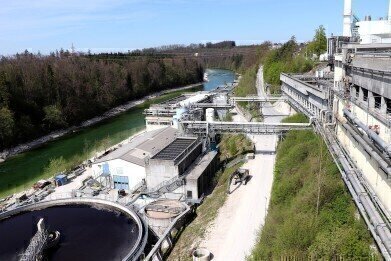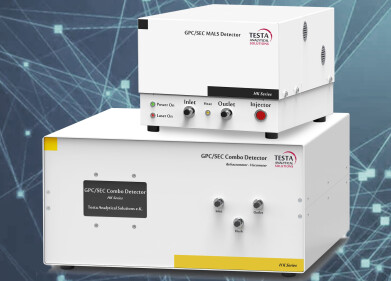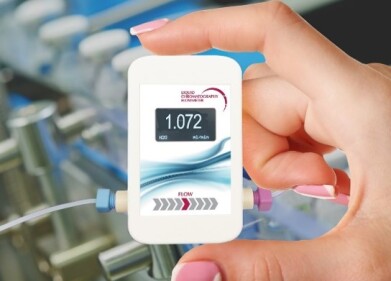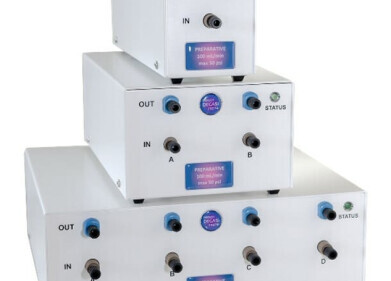Chromatography
What Is Electrochemistry in Environmental Testing?
Mar 27 2021
Electrochemistry concerns itself with research into how electricity affects and is impacted by chemical reactions. The discipline has long been studied as a means of improving the environmental performance of various industries, specifically and most often with regard to the wastewater effluent emanating from their operations.
Indeed, the multitude of hazardous pollutants that are encountered in wastewater treatment plants – alongside the growing body of legislation with regulates them – means that wastewater treatment technology is continually evolving. Electrochemistry is one particular area of research which is proving to be instrumental in removing micropollutants, organic matter, pathogens and other impurities from effluents.
What is electrochemistry?
As the name suggests, electrochemistry involves the study of the chemical reactions which cause electrons to move, thereby creating electricity. This occurs due to the movement of electrons from one substance to another, caused by a chemical reaction known as oxidation-reduction, or redox for short.
When applied to environmental testing, electrochemistry follows a few fundamental principles. The fabrication of appropriate electrode materials and their strategic placement in wastewater treatment facilities can cause certain chemical reactions which remove unwanted impurities from the liquid, thereby producing an outcome which can be safely discharged into the environment.
What are some practical applications of electrochemistry in environmental testing?
One of the most common applications of electrochemistry in an environmental field is through the use of boron-doped diamond (BDD) anodes, in order to encourage a redox reaction and strip the effluent of its toxicity. Meanwhile, electro-coagulation, electro-flotation and electro-oxidation are all other established technologies that are used in the wastewater treatment industry to achieve various outcomes.
Emerging technologies in this field include electro-disinfection and electro-photooxidation, as well as the application of electrochemistry to sludge and soil samples in a bid to remove them of pollutants, pathogens and other undesirable components.
What else is electrochemistry used for?
The practical applications of electrochemistry are as diverse as they are numerous. For example, polymer electrolyte water electrolysis (PEM) and alkaline water electrolysis are both established methods of converting water into its constituent parts (hydrogen and oxygen), which can be useful in the storage of electric power generated by renewable technologies. More information on this particular topic is available in the article Process Trace Moisture Analyzer for Hydrogen Metering and Gas Grid Infeed Plants.
Elsewhere, electrochemistry also plays an integral role in the practice of eluent generation. This sophisticated electrolytic process facilitates the production of high-quality eluents that are suitable for use in ion chromatography and dispenses with the need for acids or bases in the sample. Instead, all that is required is deionised water, thus greatly simplifying the process.
Digital Edition
Lab Asia 31.2 April 2024
April 2024
In This Edition Chromatography Articles - Approaches to troubleshooting an SPE method for the analysis of oligonucleotides (pt i) - High-precision liquid flow processes demand full fluidic c...
View all digital editions
Events
Apr 22 2024 Marrakech, Morroco
Making Pharmaceuticals Exhibition & Conference
Apr 23 2024 Coventry, UK
Apr 23 2024 Kintex, South Korea
Apr 23 2024 Seoul, South Korea
Apr 24 2024 Jakarta, Indonesia













.jpg)




